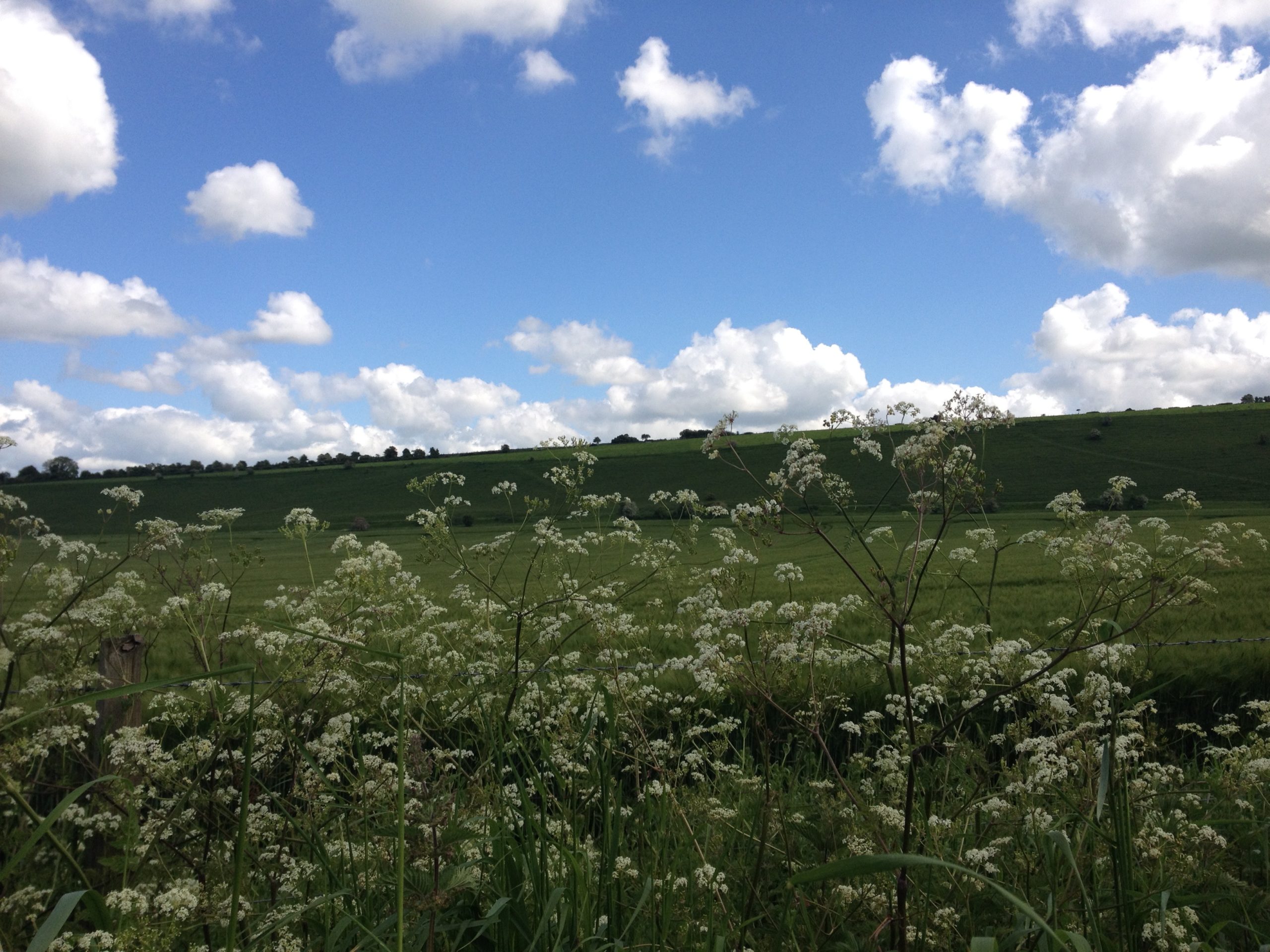Like a cosy pair of slippers, a sauce-smudged recipe, or a beloved childhood book – Anne of Green Gables, in my case – a walk you’re at ease with can offer solace.
Anne Shirley, the free-spirited orphan in Anne of Green Gables transformed commonplace Barry’s Pond into the more appealing Lake of Shining Waters. And a stretch known merely as the Avenue into the thrilling White Way of Delight.
I don’t feel obliged to turn commonplace features into magical landscapes. Things feel right just the way they are on my reassuring, everyday walk called The Chalk Walk.
The Chalk Walk is a simple, country walk that goes round the top of the Wiltshire village of Sherrington and back down to the lane that leads to neighbouring Boyton. My family dubbed this amble The Chalk Walk, because of the white seam of chalk in the local soil.
This is the Goldilock of walks. Not too long, not too short. A just right walk that takes about 45 minutes.
Long enough to feel you’ve had a real walk. Long enough to feel justified having a sit down, a cup of tea and biscuit in front of the Rayburn upon your return.
But not too short either. You don’t want to feel cheated by a too brief walk. One that makes lacing up your walking boots, digging out a scarf and deciding whether you need a hat a pointless exercise.
The simplicity of the Chalk Walk begins with a small incline up a hill, rewarded with a view of an old barn and Sherrington Bottom beyond. The chalk path can get a bit slippery after it rains, which can mean some squelching about in the mud. There is elderflower here, which means it’s worth doing a bit of squelching in the spring to pick elderflower heads for cordial.



Attractive cows from the Boyton Estate graze in a field to the right. Sometimes there’s a bull, which can cause a frisson if you have children in tow. Some pretend snorting and pawing of feet. And plenty of “no, you can’t go in the field with the bull; don’t be silly”. There’s also a Roman mound. Essentially a green hillock, undisturbed. You wonder what lies beneath it. You wonder if the cows wonder, too.
You are rewarded with a view of the village below if you look over to the right. I try to see our cottage, but it’s hard to spot, masked by other houses. But I can see the watercress beds, where watercress is no longer commercially grown.
Probably the most exciting part of the Chalk Walk is a larger grouping of barns, where dairy cows hang out. More often than not, I peep inside to see if I can spot any young calves. If there aren’t any, it keeps excitement levels down. After all, I don’t want things to become too radical on this treasured, routine walk.
Down the hill and the discovery of a couple of common spotted orchids on the bank. Purple exquisite in their commonness. I’m on the downward stretch now – literally. Reaching the lane and then home. Happy in knowing nothing much has changed on The Chalk Walk.



This walk inspired my story, The Chalk Walk OS Explorer map 143.


